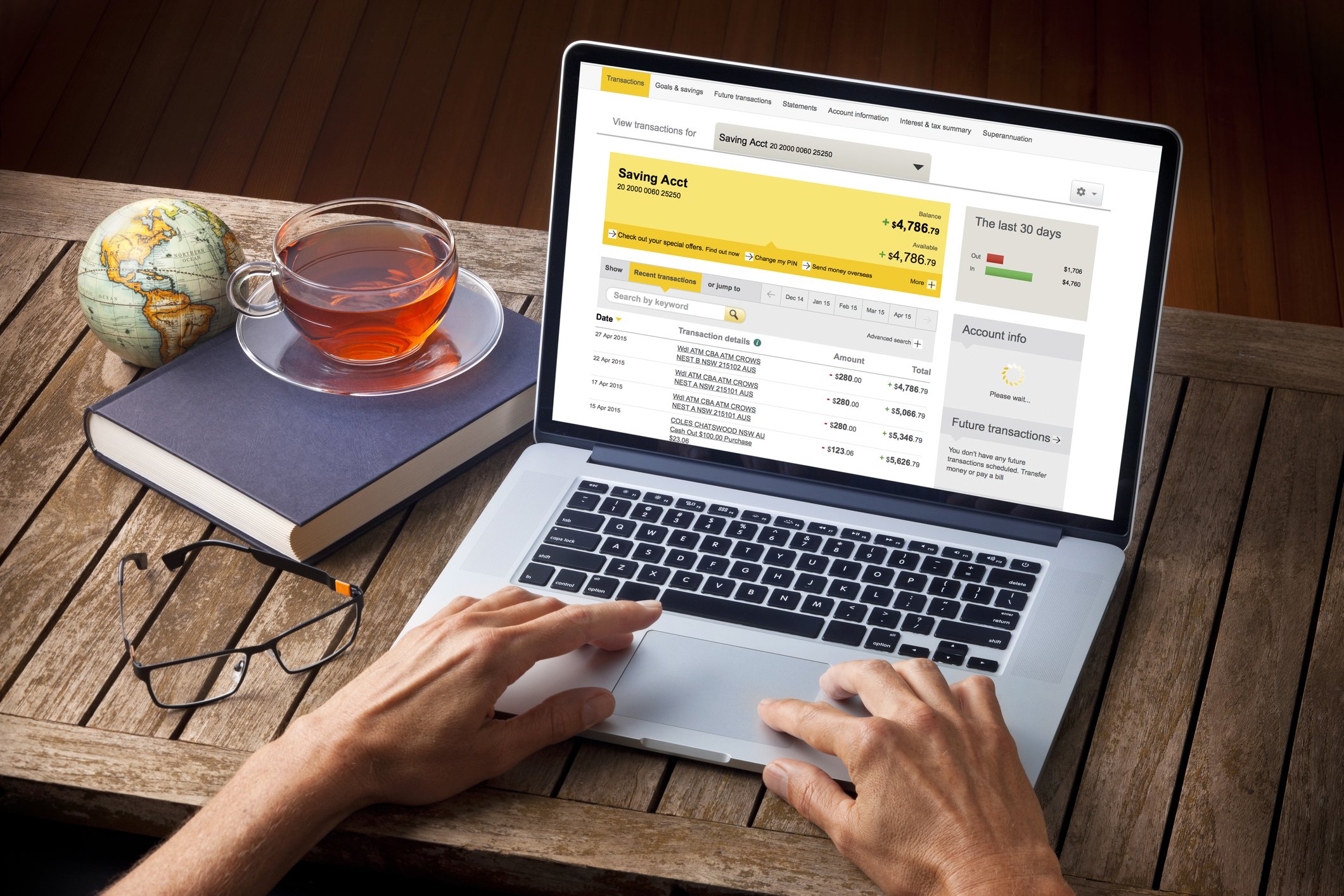Savings vs. Current Account: What’s the Real Difference?
When you're just getting started with banking, all the different account names can feel a little overwhelming. Savings account? Current account? Aren’t they basically the same thing? Not quite.
Understanding the difference between a savings and current account is key to making smarter money decisions—especially as you start handling your own finances. Whether you're saving for something big or just need a way to spend and manage money, knowing how these accounts work (and when to use them) will set you up for success.
Let’s break it down in a way that actually makes sense.
What Is A Savings Account
A savings account is exactly what it sounds like: an account designed to help you save money.
Key Features:
Earns interest: Your money grows slowly over time.
Limited withdrawals: Some banks limit how often you can take money out, which helps encourage saving.
Ideal for goals: Great for putting away money for future expenses like a new phone, a car, or college.
Good For:
Building a habit of saving
Emergency funds
Long-term goals
Think of it like a digital piggy bank—but one that (usually) gives you a little bonus in the form of interest.
What Is A Current Account
A current account (also known as a checking account in some countries) is designed for day-to-day transactions—spending, transferring, and receiving money.
Key Features:
Instant access: Use a debit card or app to pay anytime.
Unlimited transactions: No limits on how many times you can spend or withdraw.
Often includes extra tools: Things like mobile banking, bill payments, and money transfers.
Good For:
Everyday spending
Getting paid (like from a part-time job)
Managing monthly expenses
Basically, this is your “money-in, money-out” account.
Do You Need Both
You might be wondering: Do I need both a savings and a current account?
If you're a teenager just starting out, you probably don’t need both right away—but it depends on your goals.
If you're mainly earning allowance or birthday cash and want to save up, go with a savings account.
If you’re earning regularly (like a part-time job), paying for things yourself, or using a debit card often, a current account makes more sense.
Pro Tip: Some banks offer combo teen accounts that include both—so you can save and spend wisely.
What To Look For When Choosing Either
Whether you're opening a savings or current account, make sure to check:
No monthly fees
Mobile app access
Parental control (if under 18)
ATM access
Interest rates (for savings)
Ask questions before opening the account—it’s your money, after all.
Final Thought
Choosing between a savings and current account isn't about picking the "best" one—it's about picking the one that fits your life right now. A savings account helps you plan for the future, while a current account gives you the tools to manage your money day-to-day.
Once you know how each works, you can use them together like a financial power duo: save smart, spend smarter.
Money Saving Expert is a journalistic website that aims to provide the best MoneySaving guides, tips, tools and techniques for people of all ages.













